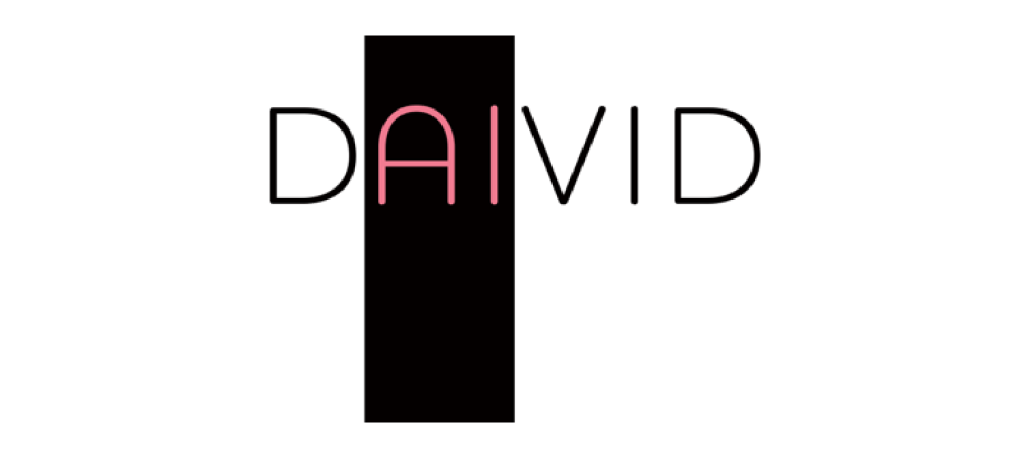Launched this week, DAIVID is a London-based emotional AI platform that helps brands and agencies supercharge the effectiveness of their ad campaigns. DAIVID’s first client is the global media agency MediaCom, with whom it has signed an EMEA partnership.
Founded by Ian Forrester — who has worked in the industry for over two decades, leading research teams at companies including Sony Pictures, Unruly and Whalar — the new platform uses a suite of advanced technologies, including facial coding, eye tracking, machine learning and computer vision, to help advertisers optimise the emotional impact of their creative and media strategies.
DAIVID gathers insights by using pioneering emotional AI tech to record the attention levels and emotions of participating audiences online. However, Forrester believes the future of ad testing is taking human respondents out of the process and plans to reduce the company’s reliance on panels by replacing them with its predictive algorithm within the next few months — significantly lowering the cost and time it takes for brands to measure the impact of their advertising.
The predictive algorithm is built by layering multiple techniques and technologies to achieve the deepest understanding of the connection between creative devices and video performance. Datapoints used to train the algorithm include eye tracking, campaign metrics, social media stats and computer vision, while emotional impact is tracked using facial coding and categorised through the company’s proprietary DAIVID 39 — created using the world’s most advanced academic studies on emotions.
Forrester said: “Numerous studies have shown the importance creative has in driving campaign outcomes. However, now, with so many assets being created for each campaign across a range of different channels, creative choices are still largely decided by agency hunches.
“Using significant recent advancements in AI, data science and computer vision, DAIVID will make it possible for advertisers to scale up their creative testing — helping them cope with the ever-evolving challenges of today’s increasingly complex and fragmented digital landscape.”
Bootstrapped to date, DAIVID is in the process of raising a seed round to drive the product roadmap forward, with Carolyn Taylor, CEO of culture consulting firm Walking the Talk (recently acquired by ZRG), coming in as the company’s first external investor.
Forrester has also assembled a vastly experienced team to help him grow the company. They include:
- Rob Sherlock, Advisory Board Chairman – Former CEO at ADK, and Chief Creative Officer, FCB;
- Phil Townend, Advisor, Growth – CGO at Amplified Intelligence, and former CRO, Unruly;
- Carolyn Taylor, Advisor, Strategy and Culture – CEO, Walking the Talk;
- Prof. Michael Fretschner, Advisor, Ad Science – Professor at Nordakademie, former EMEA VP Insight, Unruly;
- Dr. Klaus Iffländer, Advisor, Data Analytics – CEO, Breezy Services, former CTO, YAS.Life;
- Lance Traore, Co-Founder, ANZ – Country Manager ANZ, AdColony, former ANZ MD, Unruly;
- Dan Bernardo, Advisor, Creative and Culture – CEO Playtra, former SVP, Global Creative, Unruly;
- Guy Abrahams, Business Partner – Former Global Strategy Director, Zenith;
- Jo Pitt, Business Partner – Former Creative and Strategy Director, Storyful and Unruly.
Advisory Board Chair Sherlock said: “I’m delighted to be part of a team that’s helping to redefine the role of advertising research. The current model is broken, with the vast majority of creative assets being pushed out untested because of time and budget constraints.
“DAIVID changes that. Harnessing its pioneering emotional AI, DAIVID enables advertisers to measure the effectiveness of their content at scale, giving them the certainty they need that their ever-increasing suite of creative assets will generate attention and pack an emotional punch. It’s ad research for the Programmatic Age.”

